- Did you know that over 60% of canine behavior problems can be significantly improved with the right behavior modification for dogs? Start your journey with actionable steps to help your dog today.
- What you'll gain from learning about behavior modification for dogs:
- Understand the root causes of common behavior problems in dogs.
- Discover evidence-based modification techniques and practical training methods.
- Get guidance on handling fearful dogs, aggressive behavior, and more.
- Learn when to consult a professional, design an effective treatment plan, and track your dog’s progress.
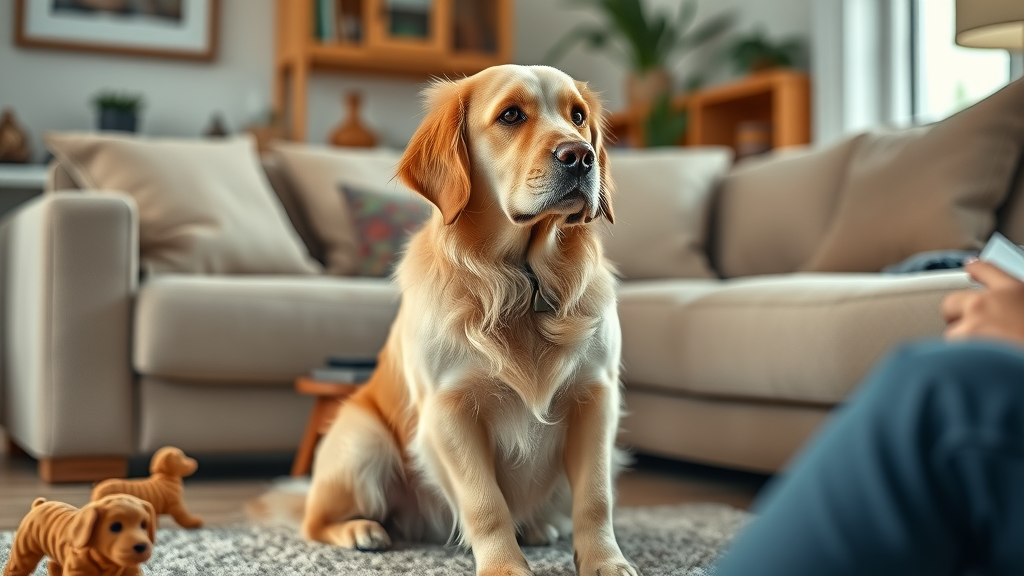
Understanding Behavior Modification for Dogs: Foundation and Importance
What is behavior modification for dogs and why is it essential?
Behavior modification for dogs is a strategic approach to changing a dog's unwanted or problematic behaviors using established principles of animal behavior and learning theory. Unlike basic obedience training, which focuses on teaching commands, behavior modification addresses the underlying causes of a behavior problem—such as fear, anxiety, or aggression. This process uses a combination of positive reinforcement, desensitization, and other modification techniques to replace undesired responses with more acceptable behaviors.
The importance of behavior modification for dogs cannot be overstated. Problematic behaviors, when left unaddressed, can escalate into more severe issues like excessive barking, aggression toward humans or animals, and even self-harm. Early intervention with a sound treatment plan prevents these challenges from worsening, enhances the bond between you and your dog, and improves the animal's quality of life. Behavior professionals and dog trainers utilize modification techniques to tailor each approach to the specific needs of the dog, ensuring long-lasting improvement.
The science behind dog behavior: Key behavior problems and issues
Understanding dog behavior involves exploring how genetics, environment, past experiences, and present circumstances influence a dog's actions. The most common behavior problems addressed by behavior consultants include separation anxiety, leash reactivity, resource guarding, inappropriate elimination, and fear-related or aggressive behaviors. Each behavior problem stems from unique triggers and is influenced by how the dog perceives and interacts with the world.
Animal behavior science reveals that a dog’s body language, stress responses, and learning patterns play a critical role in determining which training methods or modification technique will be most effective. Modern approaches rely on evidence-based strategies—like counterconditioning and desensitization—eliminating outdated, punitive methods that may cause physical confrontation or worsen problem behaviors. By using scientific insight and compassionate, humane practices, dog trainers and owners can work together to rehabilitate even the most challenging cases.
Real-world examples: How behavior modification resolves dog behavior issues
Countless real-life cases demonstrate the transformative power of targeted behavior modification for dogs. For example, a once-fearful dog who panicked during thunderstorms can learn, through gradual exposure and positive reinforcement, to remain calm during stressful events. Similarly, consistent training and counterconditioning have helped aggressive dogs become more comfortable around other animals, reducing the risk of unwanted confrontations.
Dog trainers often witness remarkable changes when owners commit to a treatment plan developed in collaboration with a certified behavior professional. From managing excessive barking to curbing destructive chewing and helping fearful dogs regain confidence, these success stories underscore the necessity of taking informed, proactive steps toward behavior change. Every dog is unique, and personalized modification techniques yield the most favorable results.
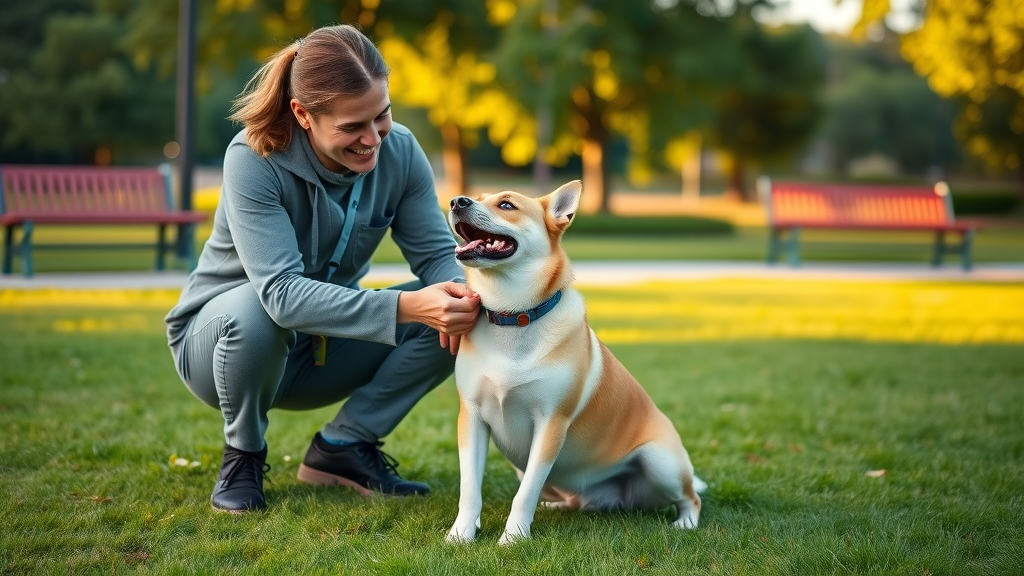
Identifying Behavior Problems: Signs, Causes, and Triggers in Dogs
Common behavior problems in dogs: What owners need to know
Behavior problems in dogs vary widely and may include prolonged barking, destructive chewing, house soiling, aggression toward people or other pets, fear of loud noises, and separation anxiety. Understanding these behaviors goes beyond viewing them as stubbornness or defiance; each problem behavior often signals an unmet need or a reaction to a stressful trigger. Recognizing the nature and onset of a behavior issue allows for more effective and compassionate intervention.
Unwanted behavior such as jumping on guests, barking at strangers, or displaying hostility during mealtime often results from improper socialization, past trauma, or inadequate exercise and mental stimulation. As pet owners, it's essential to observe changes in your dog's body language, daily habits, and responsiveness to commands to catch problem behaviors early. Early identification —with guidance from dog trainers or a behavior professional—can speed up resolution and create a happier home for both dogs and humans.
How to spot the difference between behavior issues and medical problems
Not all undesirable behavior in dogs is behavioral in origin; sometimes, an underlying medical condition can manifest as a sudden change in behavior. For example, a dog that was previously house-trained but begins to urinate indoors may be experiencing urinary tract issues, while unexpected aggression could be linked to pain or neurological disorders. Understanding the root cause is pivotal when developing a treatment plan for behavior modification.
Before implementing modification techniques, consult a veterinary behaviorist to rule out medical explanations for behavioral changes. A comprehensive assessment often involves a physical examination and, if needed, diagnostic tests. By distinguishing health issues from purely behavioral problems, owners ensure that the most effective, humane, and safe approach is used to address their dog behavior concerns.
Understanding triggers in fearful dogs and dogs with aggressive behavior
Fearful dogs and those prone to aggressive behavior often react strongly to certain triggers in their environment—a passing truck, an unfamiliar visitor, or even specific sounds. Identifying what sets off the anxiety or aggression is the first step toward effective behavior modification for dogs. Fearful dog behavior can usually be detected through subtle cues in body language, such as lowered posture, tucked tails, or excessive panting, while aggressive responses might include growling, lunging, or snapping.
Once triggers are identified, tailored training and behavior modification protocols such as gradual exposure (desensitization) and counterconditioning can help your dog form new, positive associations with those triggers. In extreme cases, aggressive behavior may require intervention from a behavior consultant or behavior professional who can safely guide both owner and pet through structured treatment plans. A keen understanding of each trigger ensures that the selected modification technique is effective and minimizes stress for all involved.
The Core Steps of Behavior Modification for Dogs
Assessing your dog's behavior: When to consult a behavior consultant or professional
Accurately assessing your dog's behavior is the cornerstone of an effective treatment plan. While some issues, such as mild leash pulling or basic obedience lapses, can be handled at home, more complex behavior problems—such as aggression, phobias, or recurring separation anxiety—warrant professional intervention. A behavior consultant or veterinary behaviorist leverages their expertise in animal behavior and learning theory to diagnose the real causes and design step-by-step modification strategies.
Owners should consider seeking help from a behavior professional when their dog displays persistent, escalating, or potentially dangerous behaviors. Professionals delve deeper than surface-level symptoms, looking at a dog’s medical history, environmental factors, and daily routines to craft a comprehensive behavioral assessment. The insights gained allow for the development of treatment plans that address the unique challenges facing each dog.
Designing an effective behavior modification treatment plan
A successful treatment plan centers on customization, evidence-based approaches, and measurable goals. First, a behavior professional will gather a detailed behavioral history, observe the dog’s interactions, and identify triggers for problem behaviors. They then outline a plan that includes gradual exposure to those triggers, positive reinforcement for good behavior, and practical strategies for owner involvement.
Key to any effective treatment plan is ongoing adjustment: as your dog makes progress, modification techniques may be altered to address new challenges or reinforce desirable changes. Communication with your dog trainer or behavior consultant ensures that setbacks are addressed quickly and that each stage of the behavior modification process remains humane, realistic, and achievable.
- Positive reinforcement techniques
- Desensitization and counterconditioning for fearful dogs
- Management and prevention of behavior issues
- Consistent training methods and modification techniques
- Review and readjustment of the treatment plan
| Training Method | Core Principles | Best For | Considerations |
|---|---|---|---|
| Positive Reinforcement | Reward desired behaviors with treats/praise | Most behavior issues, obedience, anxious dogs | Requires consistency, patience |
| Desensitization & Counterconditioning | Slow exposure to triggers, change emotional response | Fearful dogs, aggressive behavior | Needs expert guidance for severe cases |
| Clicker Training | Marker-based reward timing | Trick training, basic cues, shy/fearful dogs | Initial learning curve for timing |
| Management/Prevention | Modify environment to prevent problem behaviors | Puppies, dogs with safety issues | Not a standalone solution |
| Traditional Correction | Interrupt or correct undesirable behavior | Rare, specific use with professional advice | Risks worsening fear/aggression if misused |
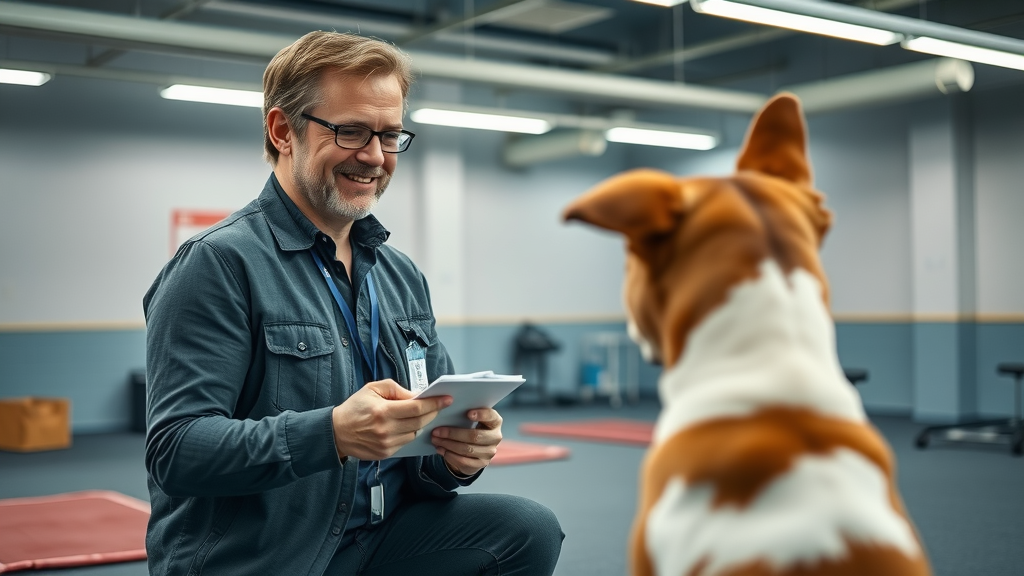
Practical Real-Life Behavior Modification for Dogs: Strategies You Can Use Today
Step-by-step training methods to modify common dog behavior issues
Implementing behavior modification for dogs begins with setting clear, achievable goals. Start by identifying your dog's specific behavior problem—whether it's leash anxiety, excessive barking, or fearfulness around strangers. Next, determine the triggers for the behavior and use management strategies to prevent the issue from escalating during daily routines. Begin gradual exposure to the trigger in a controlled, low-stress environment, rewarding your dog for calm, appropriate responses.
For example, if your dog is afraid of the vacuum cleaner, introduce it from a distance while it’s turned off, rewarding calm behavior with treats. Gradually increase proximity and eventually turn the vacuum on for short intervals, always using positive reinforcement. For more persistent or complex issues, such as aggressive behavior or severe separation anxiety, techniques like counterconditioning and desensitization should be guided by a skilled dog trainer or behavior consultant. Consistency and patience are crucial to success, and always avoid physical confrontation or punitive methods which can worsen the problem.
Case study: Turning around the life of a fearful dog
Consider the story of “Bella,” a rescue dog paralyzed by fear of loud noises and unfamiliar environments. With the help of a veterinary behaviorist and a dedicated owner, a tailored treatment plan was developed using desensitization and counterconditioning. Bella was gradually exposed to the sounds she feared at a tolerable volume, with each session ending with high-value rewards. Over months, her tolerance built, and her owner learned to read Bella’s body language for signs of anxiety or comfort.
Through perseverance, proper modification techniques, and compassionate support, Bella transitioned from a fearful dog to one who could confidently navigate busy city streets. This transformation highlights the impact of a carefully crafted treatment plan and the importance of seeking professional help when facing complex behavior issues.
"The only bad dog is one that hasn't found the right approach to learning." – Leading animal behavior consultant
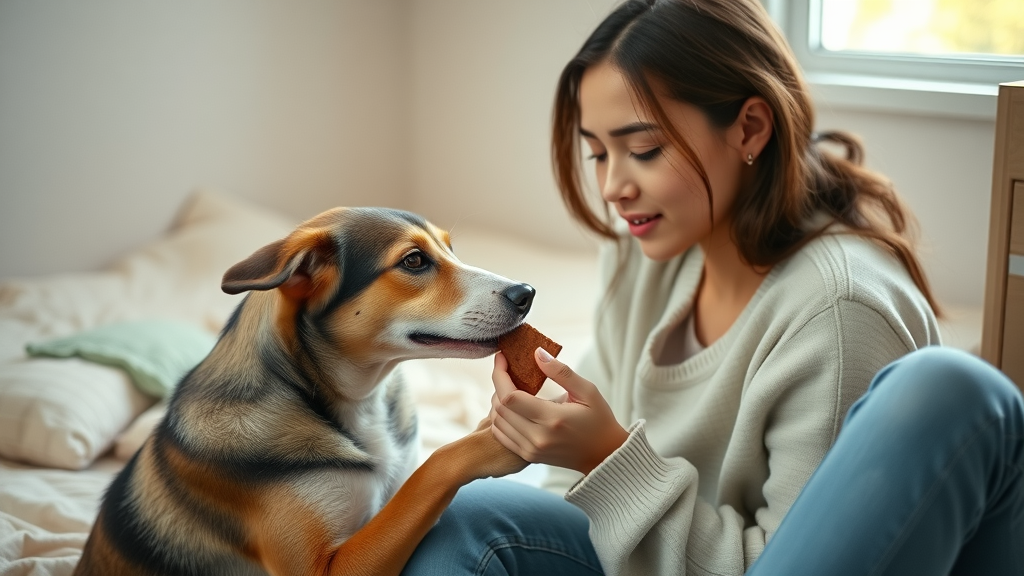
Common Myths About Behavior Modification for Dogs Debunked
Myth #1: Behavior modification only works for puppies
A prevalent misconception is that older dogs are incapable of change. In reality, behavior modification for dogs is effective at any age when approached with patience, the right training methods, and an understanding of canine learning theory. Adult dogs may require more time to unlearn old habits, but a consistent treatment plan and guidance from a behavior consultant can yield impressive results, even for challenging behavior problems.
The key lies in motivation, rewards, and adapting training to the individual dog’s temperament and history. Whether you have a fearful dog, an older rescue, or a young puppy, education and positive behavioral interventions can make a profound difference, regardless of the dog’s age.
Myth #2: Behavior problems are always the owner's fault
While owner behavior influences a dog’s responses, not every problem behavior indicates owner error. Genetics, early life experiences, trauma, and even health conditions can play equally significant roles in shaping a dog’s behavior. Assigning blame does little to help solve the issue; instead, focus should be on understanding and addressing the underlying causes using evidence-based modification techniques.
Pet owners partnering with dog trainers or behavior professionals are better positioned to implement humane, effective solutions. Cultivating empathy and education fosters a proactive environment for positive change rather than guilt or frustration.
Myth #3: All fearful dogs require the same treatment plan
No two dogs are alike, and this is especially true for fearful dogs. While certain approaches—like desensitization—are standard, the specifics of each treatment plan must be adapted based on the dog’s triggers, genetic background, medical history, and day-to-day environment. A strategy that works wonders for one fearful dog may overwhelm or fail another.
Consulting a behavior professional or veterinary behaviorist ensures each dog’s unique emotional needs and past experiences are taken into account, dramatically increasing the success rate of behavior modification for dogs facing fear or anxiety-related issues.
Key Considerations in Behavior Modification for Fearful Dogs and Aggressive Behavior
Distinguishing between fearful dogs and dogs with aggressive behavior issues
Fear and aggression can look similar on the surface, but their causes and necessary interventions often differ. A fearful dog may resort to avoidance, freezing, or subtle body language cues, while dogs displaying aggressive behavior might bark, growl, or lunge as a defensive reaction. Misinterpreting these signals can lead to ineffective, or even dangerous, responses by owners or trainers.
Understanding this distinction is crucial for implementing the correct modification techniques. Fear-based reactions benefit from slow exposure, reassurance, and positive reinforcement, whereas aggression may require professional guidance to prevent escalation and keep everyone safe. Trained professionals utilize systematic behavioral assessment and individualized treatment plans for best outcomes in both cases.
Personalizing a treatment plan for severe behavior problems
Severe behavior issues often demand more than generic advice or basic obedience training. A comprehensive approach includes medical evaluation by a veterinary behaviorist, detailed behavioral assessment, and an action plan that may incorporate multiple modification strategies. Personalizing your plan means factoring in the dog’s history, the household environment, owner capabilities, and the presence of other animals or children.
Ongoing communication and feedback between owner, behavior consultant, and veterinarian ensure the treatment plan evolves to meet the dog’s needs. Regular evaluation and adaptation of strategies, such as adjusting the type and timing of rewards or modifying exposure protocols, greatly improve the chances of sustained improvement, even for dogs with entrenched problem behaviors.
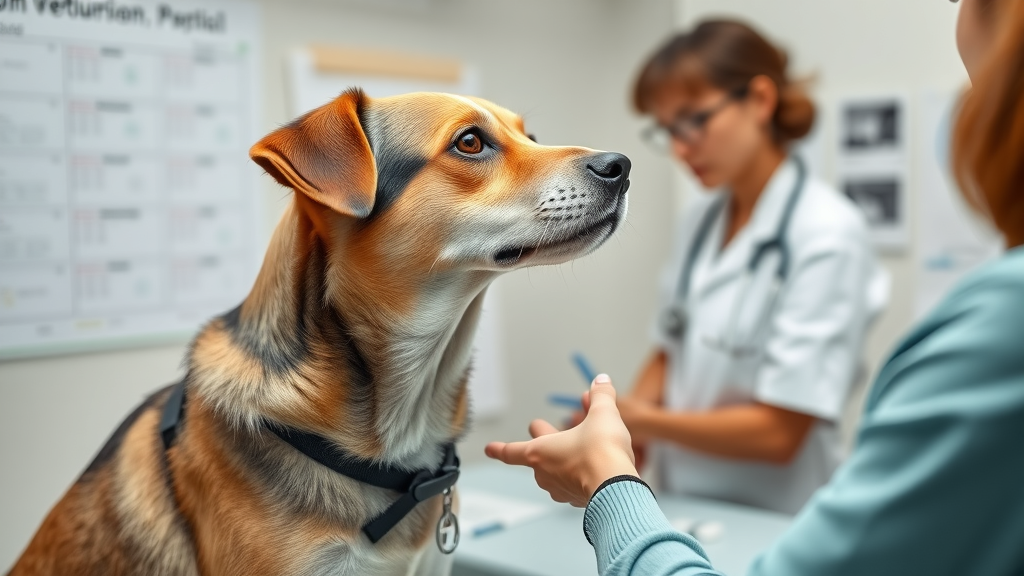
The Role of Behavior Consultants and Professionals in Dog Behavior Modification
When is it time to seek help for persistent dog behavior issues?
If your efforts at home are not leading to progress, or if your dog’s behavior issues pose safety concerns for people or other pets, it’s time to reach out to a qualified behavior consultant or behavior professional. Warning signs that expert help is needed include escalating aggression, repeated destructive behavior, or persistent fearfulness despite your attempts to intervene.
Professional evaluation ensures that the root causes are accurately diagnosed, that no medical problems are overlooked, and that your treatment plan is both humane and backed by the latest advances in animal behavior science.
What to expect from working with a certified behavior professional
Certified behavior professionals begin by gathering a comprehensive history, assessing both the dog and environment, and observing body language and reactions under controlled circumstances. You can expect clear communication of goals, step-by-step modification techniques, and ongoing support via coaching or follow-up visits.
Their expertise ensures that training methods are implemented safely and effectively, minimizing the risk of setbacks or unintended consequences. Your partnership with a behavior consultant is often the most critical factor in overcoming deeply rooted or complex behavior problems.
How a professional creates and implements a behavior modification treatment plan
After a thorough assessment, your behavior professional will design a personalized treatment plan outlining target behaviors, triggers, and stepwise modification strategies. These may include positive reinforcement, counterconditioning and desensitization, environmental adjustments, and management techniques to prevent the reinforcement of problem behaviors.
Implementation involves regular practice, data logging (such as behavior journals), and periodic review with your consultant. Adjustments are made as progress is observed, ensuring continual momentum towards lasting behavioral change.
Monitoring Progress and Adjusting Your Behavior Modification Techniques
Tracking behavioral changes: Tools and tips
Effective behavior modification for dogs relies on careful monitoring and tracking of changes over time. Keeping a behavior log—documenting triggers, responses, interventions used, and the outcome—can reveal important patterns that inform future steps. Use checklists, mobile apps, or even simple notepads to record daily progress and setbacks.
Photographs or short videos are also useful, especially when consulting remotely with a behavior professional or behavior consultant. Regular reviews of your documentation allow you and your professional to adjust treatment plans proactively, capitalizing on successes and swiftly addressing new or recurring problem behaviors.
Recognizing setbacks and obstacles in the behavior modification process
Setbacks are an expected part of any long-term behavior modification strategy. Factors such as household changes, inconsistent routines, lapses in training, or new stressful events can temporarily disrupt your dog’s progress. It’s crucial to identify setbacks early, understand their context, and re-establish your dog’s comfort zone before progressing further.
Consulting with your behavior professional during these periods will help fine-tune your plan and offer new strategies when standard techniques fall short. With patience, flexibility, and a commitment to humane practices, every challenge presents an opportunity to deepen your understanding of your dog’s needs.
Celebrating milestones: The journey to better dog behavior
Every step forward—however small—is cause for celebration. Whether your fearful dog remains calm in a previously frightening situation or your aggressive dog ignores an old trigger, acknowledging these milestones reinforces positive progress for both you and your dog. Document breakthroughs in your behavior journal, reward your dog for good behavior, and share achievements with your behavior consultant or supportive community.
Recognizing progress not only builds morale but also strengthens your long-term commitment to the principles of behavior modification for dogs. Remember, transformation is a journey best traveled with patience, understanding, and consistent encouragement.
People Also Ask: Essential Questions About Behavior Modification for Dogs
What are the behavior modifications for dogs?
- Behavior modifications for dogs include positive reinforcement, desensitization, counterconditioning, management techniques, and regular behavioral assessments. Each method addresses specific behavior issues or problems and should be tailored to the individual dog's needs.
What are the 5 behavior modification?
- The five main behavior modification techniques are: 1) Positive reinforcement, 2) Negative reinforcement, 3) Desensitization, 4) Counterconditioning, and 5) Extinction. These methods are combined to address a variety of dog behavior problems.
How to correct a dog's bad behavior?
- Correcting a dog's bad behavior starts with identifying the underlying issue, then applying positive reinforcement for desired actions, redirecting unwanted behaviors, and remaining consistent with training methods. Consulting a behavior professional or consultant may be necessary for persistent behavior problems.
What are the 4 behavior modifications?
- The four primary behavior modification strategies are positive reinforcement, negative reinforcement, punishment, and extinction. However, positive reinforcement and humane techniques are most recommended for addressing behavior issues in dogs.
Frequently Asked Questions on Behavior Modification for Dogs
Can behavior modification work for older dogs with behavior issues?
Yes, behavior modification for dogs is effective regardless of age. Older dogs are capable of learning new responses and overcoming even long-standing problem behaviors when given proper support, patience, and guidance from a trained behavior professional or consultant. Adapt strategies to the dog's unique needs for lasting results.
How quickly can I expect results from a new treatment plan?
The time required varies based on the dog’s age, history, the nature of the behavior problem, and the owner's consistency. Simple behavior issues may improve within a few weeks, while complex or severe behavior problems can take several months of dedicated effort and collaboration with a behavior professional.
Is professional help necessary for severe dog behavior problems?
In cases of severe aggression, persistent fearfulness, or behavior unresponsive to basic modification techniques, seeking assistance from a certified behavior consultant or veterinary behaviorist is highly recommended. These professionals provide targeted, humane solutions that safeguard both dog and family.
Checklist: Steps for Successful Behavior Modification for Dogs
- Identify the specific behavior issue or problem.
- Learn about the causes and triggers for your dog.
- Apply appropriate behavior modification techniques consistently.
- Monitor progress and adjust your plan as needed.
- Seek professional guidance if progress stalls.
Key Insights into Effective Behavior Modification for Dogs
- Every dog can improve with the right approach and persistence.
- Tailored treatment plans yield the best long-term results.
- Collaboration with professionals accelerates success in tough cases.
Transform Dog Behavior: Your Next Steps for Lasting Change
- Empower your dog’s transformation by applying these behavior modification strategies consistently. If you need extra help, reach out to a certified dog behavior consultant to ensure your dog’s happiest, healthiest future.
To deepen your understanding of behavior modification for dogs, consider exploring the following resources:
-
“Behavior Modification in Dogs - Dog Owners - Merck Veterinary Manual” : This comprehensive guide outlines various behavior modification techniques, including desensitization, counterconditioning, and the importance of avoiding punishment. It emphasizes the necessity of identifying the root causes of behavioral issues and implementing structured training plans. ( merckvetmanual.com )
-
“Basic Behavior Modification Principles & Exercises” : This resource provides practical exercises and principles for behavior modification, such as relaxation techniques, deference training, and the “watch” command. It offers step-by-step instructions to help owners effectively address and modify their dog’s behavior. ( pablorivervet.com )
By consulting these resources, you’ll gain valuable insights and practical strategies to effectively address and modify your dog’s behavior.
 Add Row
Add Row  Add
Add 



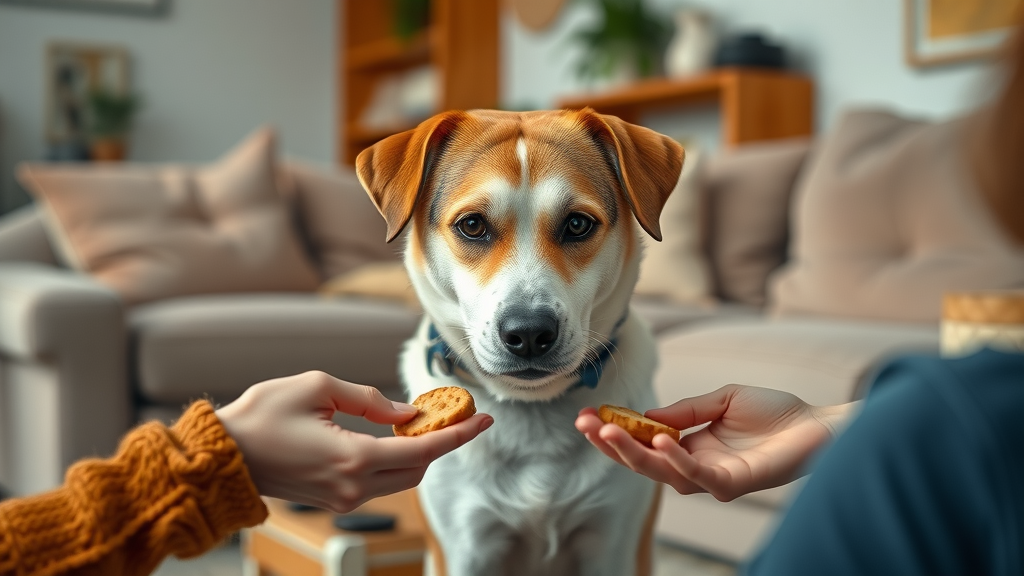
Write A Comment